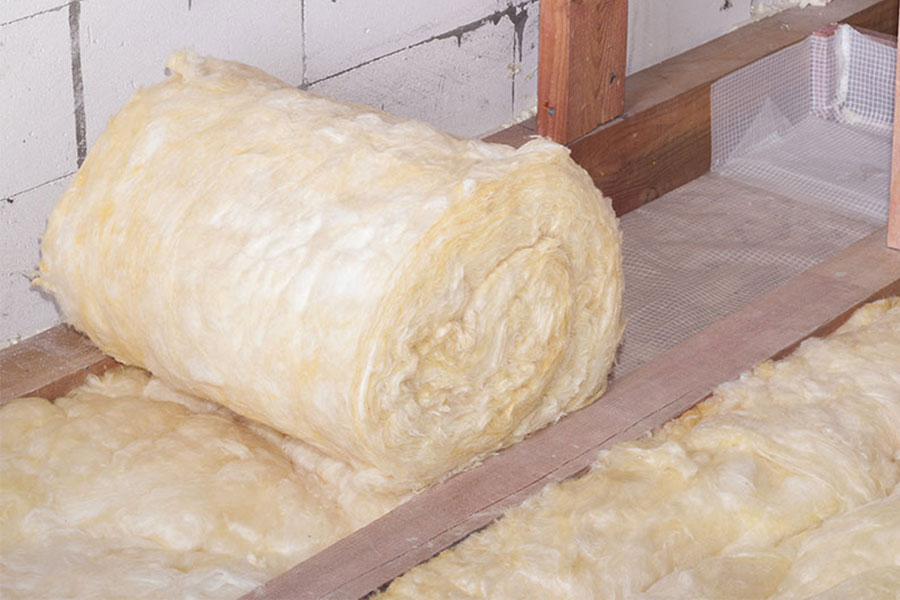Loft insulation is one of – if not the greatest ways of reducing heat loss from your property. Before we can answer the question ‘How Does Loft Insulation Reduce Heat Loss?’, we must first understand how heat from your loft is lost.
How Loft Insulation Reduces Heat Loss
If your loft hasn’t been insulated, you’re more than likely losing heat through your roof, and the insulation suitable to you will be loft insulation. Most loft insulation materials work by preventing the movement of heated air through the material. The fibres of matting trap air within it, for the matting to be effective, the weave should not be overstretched or compressed as the structure trapping the air may be destroyed.
Studies show you could be losing up to 25% of the heat generated in your house through your roof! By having your loft insulated – depending on the type of house you live in – you could save up to £240 per year on your fuel bill.
England, Scotland and Wales
| Loft insulation (0 to 270mm) | Detached house | Semi-detached house | Mid terrace house | Detached bungalow |
|---|---|---|---|---|
| Fuel bill savings (£/year) | £225 | £135 | £120 | £195 |
| Typical installation cost* | £395 | £300 | £285 | £375 |
| Carbon dioxide savings (kgCO2/year) | 920 kg | 550 kg | 490 kg | 790 kg |
Estimates based insulating a gas-heated home with a totally uninsulated loft (0mm) with 270mm of loft insulation. The recommended depth of mineral wool insulation is 270mm, but other materials need different depths. The average professional installation cost is unsubsidised, but prices will vary. Figures are based on fuel prices as of April 2019. Figures provided by Energy Saving Trust.
| Loft insulation top-up (120 to 270mm) | Detached house | Semi-detached house | Mid terrace house | Detached bungalow |
|---|---|---|---|---|
| Fuel bill savings (£/year) | £21 | £12 | £11 | £17 |
| Typical installation cost* | £290 | £240 | £230 | £280 |
| Carbon dioxide savings (kgCO2/year) | 80 kg | 50 kg | 40 kg | 70 kg |
Estimates based on insulating a gas-heated home with either a totally uninsulated loft, or topping up existing insulation from 120mm to 270mm. (The recommended depth for mineral wool insulation is 270mm but other materials need different depths). *Average unsubsidised professional installation costs, although these will vary. Figures are based on fuel prices as of April 2019. Figures provided by Energy Saving Trust.
Loft insulation is effective for at least 40 years and should pay for itself many times over. Visit our loft insulation installation page for more information.

